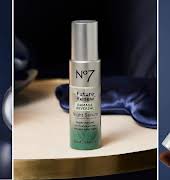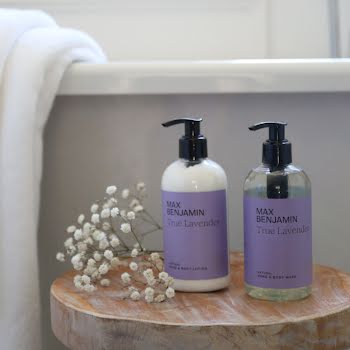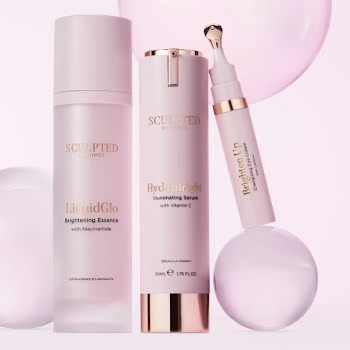
By Jennifer McShane
26th Jul 2015
26th Jul 2015
No one understands the heartache of suffering from acne and breakouts more than this writer. Since my early teens, I’ve always been in a constant battle with my skin; breaking out left, right and center and everywhere you could imagine. Face, neck, chest, back, everywhere. Often it’s hormonal, sometimes it’s not. Up until recently, I had just resigned myself to the fact that I was going to have to put up with acne for the rest of my life until I discovered this gem, known as: Glycolic Acid.
And it changed everything. Using Glycolic Acid-based products has utterly transformed my skin for the better.
What is Glycolic Acid?
Glycolic Acid is one of the five Alpha-Hydroxy acids (AHA’s), which works mainly as an exfoliant.
Glycolic acid is the smallest AHA, enabling it to penetrate within the dermal (inner) layers of the skin. This unique property makes glycolic acid a suitable ingredient for treating a multiple of skin concerns including acne and even anti-ageing. It’s basically an anti-inflammatory and can be used to treat skin conditions such as acne and rosacea.
What Does It Do?
Glycolic Acid helps to treat acne by speeding up your skin’s natural rate of exfoliation to help prevent your pores becoming blocked. An array of different factors can create acne – stress, hormones etc, but skin that is slow to exfoliate allows bacteria to build up and clog pores, thereby contributing to acne. Glycolic Acid also may help prevent acne by keeping your skin’s hydration levels balanced. This way your skin doesn’t over produce oil if you’re dehydrated and clog pores. If your skin is evenly hydrated, there’s less chance this will happen and the?Glycolic Acid helps keep the moisture levels even, because it has?unique water-binding abilities.
It’s been touted by dermatologists and bloggers alike as an effective treatment for acne and breakouts, and this writer can attest to that fact.

Choosing a Glycolic Acid To Treat Acne
When choosing a Glycolic Acid for acne, there are a couple of things?you’ll want to look for in the product.
- A Product with A Low PH Percentage
Glycolic Acid is, in fact, an acid, and for it to work it needs to have a PH low enough for the acidity to be effective at turning over your skin cells, without burning the skin or causing excessive irritation. A PH of about 4 (so far as we know you can get up to a 10 PH level, but this is extremely high) is an?optimal PH for Glycolic Acid.
This is also important if you suffer from sensitive skin – too much of the acid in the products will just irritate the skin, and thus it won’t do its job. Nip + Fab have a fantastic Glycolic-based product range aimed at clearing the skin and banishing fine lines and wrinkles, and it only has about 4 – 5 percent of the acid in the product; just enough so that it works as it should.
- A Glycolic Product That Is Oil-Free
Many glycolic acid products are formulated for older’skin and thus may contain heavy moisturisers and oils meant to target non-acne-prone skin (mature skin will need that bit of extra moisture so this makes sense). Heavy moisturisers are a big no-no if you’re trying to keep your pores clear, so if in doubt, check the label or ask before you buy.
My skin has improved hugely since I made the decision to include Glycolic Acid in my beauty routine, and I would recommend trying it if you’re struggling to get rid of those blemishes.
So there you have it! Would you try using this, or have you done so before? What did you think of it?























